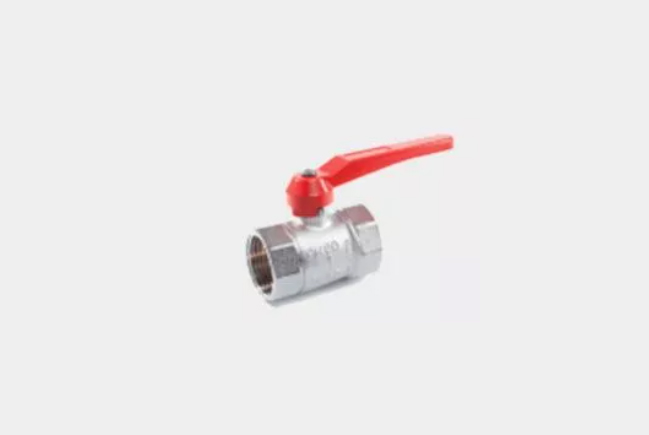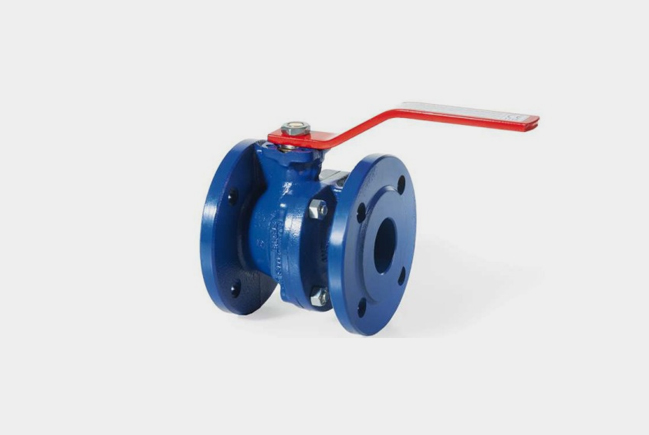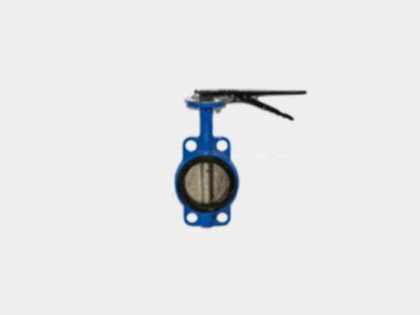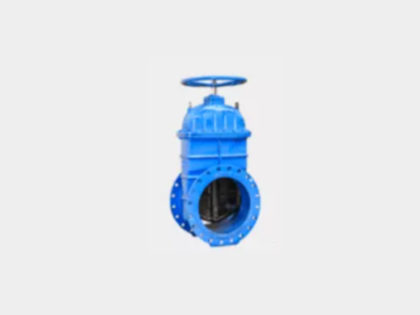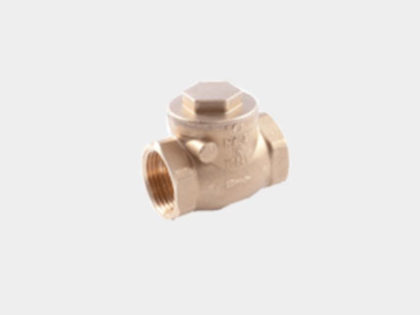STORING
Keep in a dry and closed environment.
While stored, the valve must be fully open to avoid any damage to the seats
MAINTENANCE
It is recommended that to replace the rubber O-rings at least every 24 months, and the PTFE seats, at least
every 48 months. The period of replacement depends on the use of the valve.
Clean the surface of the valve periodically, in order to prevent the accumulation of dust.
RECOMMENDATIONS
Before carrying out maintenance, or dismantling the valve, be sure that the pipes, valves and liquids have
cooled down, that the pressure has decreased and that the lines and pipes have been drained in case of toxic,
corrosive, inflammable or caustic liquids.
Temperatures above 50°C and below 0°C might cause damage to people.
INSTALLATION
Handle with care. The valve must be installed in either the ON or OFF position.
Place the valve between the flanges of the pipe and install the seal between the pipe and valve flanges.
Check the correct position of the seals.
The distance between the counter flanges should be equal to the valve’s face to face distance. Do not use
bolts of the counter flanges to bring the piping close to the valve. The bolts should be cross tightened.
Do not weld the flanges to the piping after installing the valve.
Water hammers might cause damage and ruptures. Inclinations, torsions and misalignments of the piping
may subject the installed valve to excessive stresses. It is recommended that elastic joints be used in order
to reduce such effects as much as possible.
While heating from room temperature to the high operating temperature, the liquid located between the
body and ball (valve open), or located in the bore of the ball (valve closed) tends to expand and may
damage the ball and the seats; it is recommended to open and close the valve at intermediate
temperatures during the heating process (for example, at 40°C /60°C/…).
At below zero temperatures, the liquid between the body and ball may freeze, causing irreparable damage.
If the valve is exposed to such conditions, insulation of the valve is recommended.
It is recommended to operate the valve periodically, to prevent the build-up of materials on the ball and the
seats, particularly in the presence of limestone.
DISPOSAL
For valve operating with hazardous liquids(toxic, corrosive…) , if there is a possibility of residue remaining in the
valve, take due safety precaution and carry out required cleaning operation. Personnel in charge must be
trained and equipped with appropriate protection devices.
Prior to disposal, disassemble the valve and separate the component according to various materials. Please
refer to product literature for more information. Forward sorted material to recycling (e.g. metallic materials) or
dispose it, according to local and currently valid legislation taking into consideration the environment.

